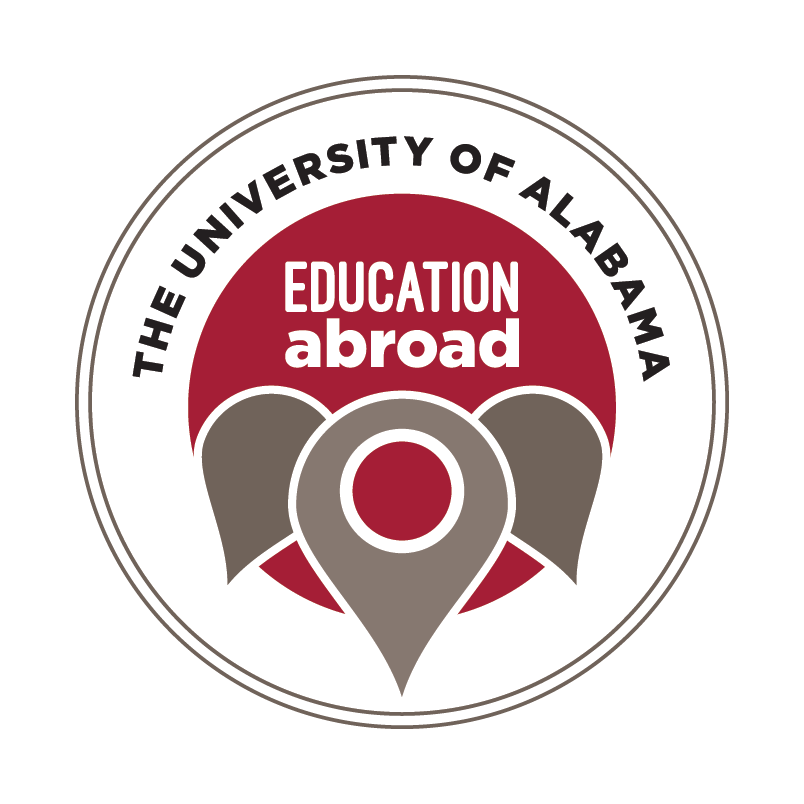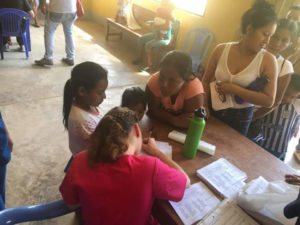Here in Peru, the language is Spanish. Since I have been studying Spanish since high school, I felt prepared coming into the country. Even though I have never been immersed in country with native speakers, I was confident in my language abilities, especially after taking a conversational Spanish class during the spring semester. However, I knew there would be challenges because most of my practice was with nonnative speakers. Although I felt a little lost on the first day, by the end of my trip I was much more confident in my abilities. Since my study abroad trip was focused on medicine, most of my interactions were with patients or doctors. It was important that we communicated effectively and correctly so we could properly treat everyone, which was challenging but not impossible. The first thing patients did when they came into the clinic was go to registration. We wrote down their information for the doctors, including their names. Many Peruvian names are very different from American names, and I know the language barrier made this part of my job especially difficult. I remember being frustrated with myself for misspelling names, but most people were patient and understanding, and I thought my Spanish listening skills really improved. To make sure we understood some of the medical terminology, many of the doctors used Google Translate to ensure that we were able to grow in both the medical and the Spanish language aspects of the trip. I am very lucky that I was able to participate in a program that helped me improve in more than one area of my life. By the end of my trip, I was able to communicate with little problems with native speakers, a skill that I previously guessed would take me years.

